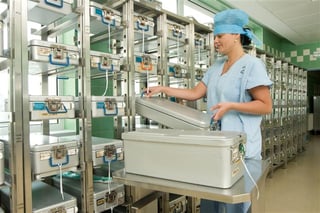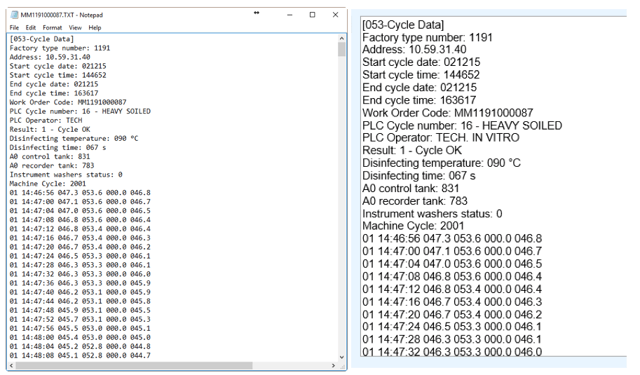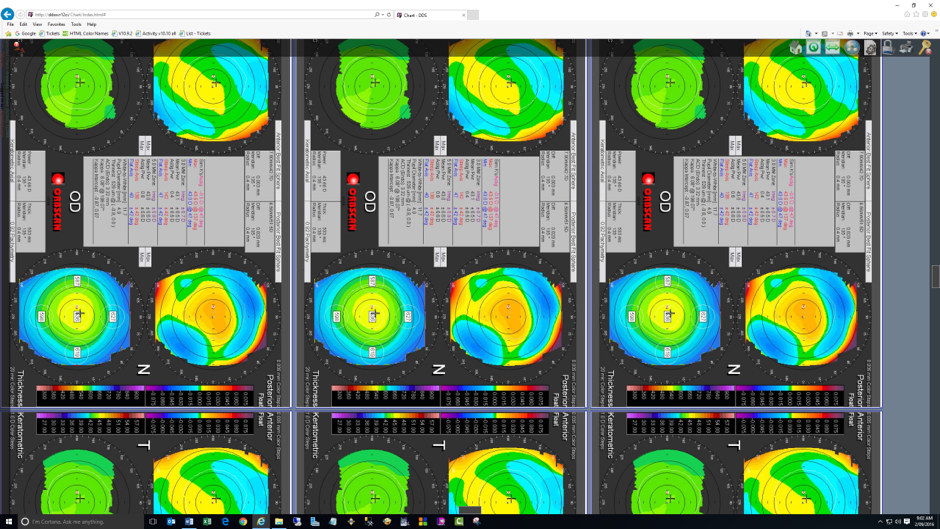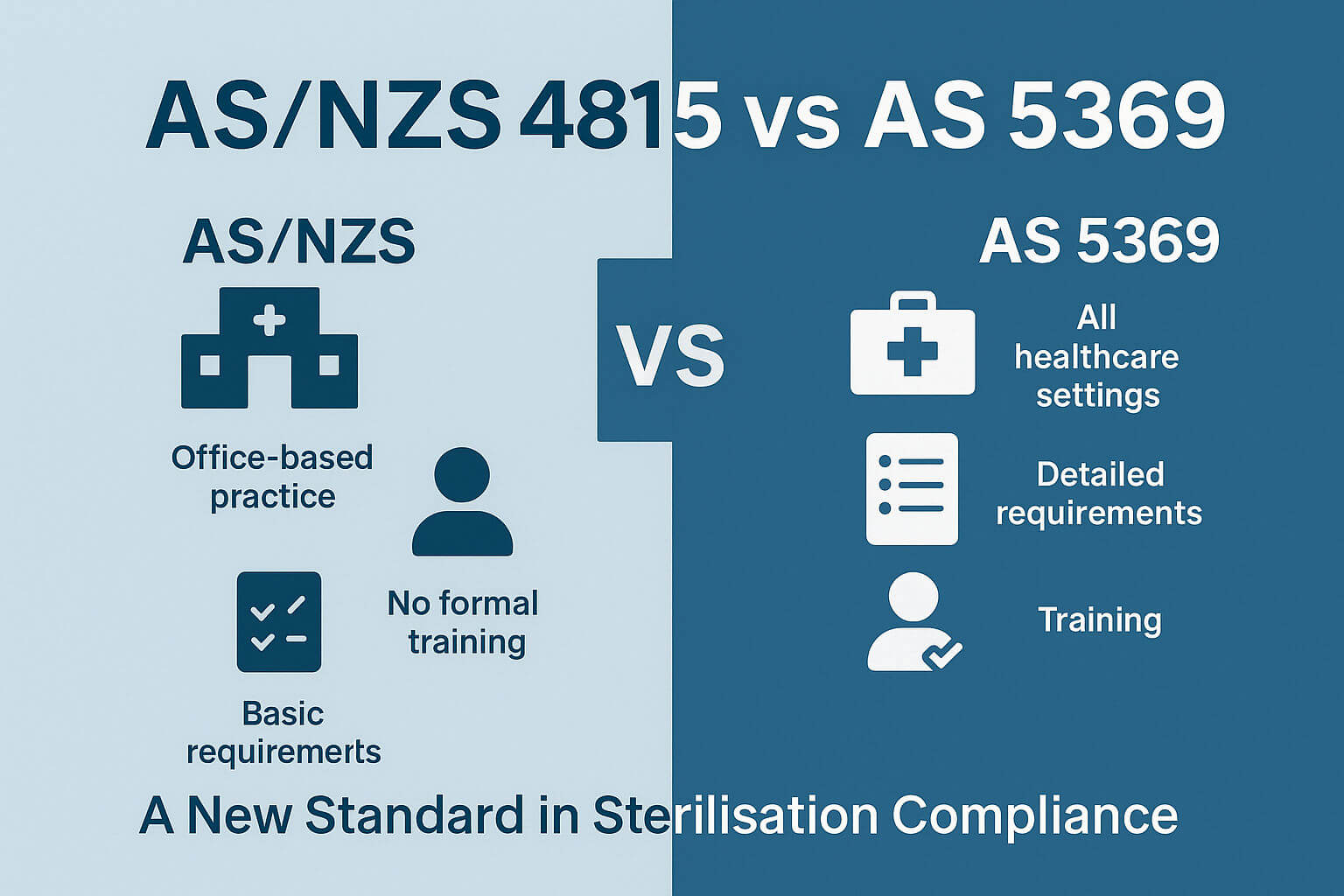CSSD Managers: To integrate or not? Steriliser and washer equipment
 Many healthcare operators today view integration of sterilizer and washer machine as essential or so it seems given how frequently Medical Practice Managers and CSSD Managers ask me questions on this topic. But is the really the "must have" that many of us think it is?
Many healthcare operators today view integration of sterilizer and washer machine as essential or so it seems given how frequently Medical Practice Managers and CSSD Managers ask me questions on this topic. But is the really the "must have" that many of us think it is?
In this post I will unravel the mystery and explain in lay persons terms, how it works and what you can expect to get from sterilizer & washer machine integration.
What is Sterilizer & Washer Integration?
Integrating medical sterilizers or washer machines means that your instrument tracking software can accept data output from your reprocessing equipment. A sterilizer reports its processes including cycle start time, type, temperature & pressure, hold & finish time etc. This data is then made available to your tracking software for import.
The term "integration" is used loosely here. There is no 2-way communication or data exchange between the sterilizer and the instrument tracking software. The steriliser simply sends data to a shared location or place on the hospital's computer network. There is no direct communication between the steriliser and the instrument tracking software as such.
How does it work?
The output format of reprocessing equipment varies depending on the brand and type. Some typical output formats are:
- CSV (excel)
- XML
- Text file
- Proprietary data format.
![]() In some cases the data is delivered into a database or it can go to a website (green arrows in image).
In some cases the data is delivered into a database or it can go to a website (green arrows in image).
In the case of formatted data the file is created by the sterilizer and saved to a shared folder on your hospital's computer network where the instrument tracking software can look it up (as depicted by the radar in the image to the right). Upon detecting the file (or some other form of data) the tracking software opens and translates the contents into a format that the tracking system software understands and then imports it (purple arrows).
The image below left shows a sample of a text file output from a Batch Washer. The tracking systems software will be able to decipher its contents and import the data. The image below right is the data in the tracking systems software.

Whereto the data (from the reprocessing machine) gets delivered (in a file as above, a database or website) doesn't matter. The process is essentially the same.
Three Benefits
1. No more deterioration of paper records
This has to be the greatest benefit. Cycle output data is stored electronically in your tracking system software database which gets backed up daily. Cycle docket print outs do tend to fade over time and become less legible, so the quality of your data endures.
2. Optimise your return on medical assets
With the data now in electronic format, you will have easy access to stats on usage patterns. With this information you can better optimize the utilisation of your expensive reprocessing assets. Sterilizers for example still use considerable power when idle.
3. Automated Decision Support
Electronic data aids decision support when recording the pass or fail status of the re-processing equipment in you tracking system software. It can also be used to validate a secondary parameter verification. Imagine a user is being prompted to enter the cycle parameters in the tracking systems software ( time, temp, pressure etc.). If the input doesn’t match the data imported from the steriliser, an alert will be raised.
Is there a catch?
The sterilizer manufacturer usually charges extra for the module that manages the data output. The developer of the tracking system may have to write modules that translate the sterlizer equipment output data. Depending the equipment you have this cost could be upwards of $20,000.
You should also weigh up a risk factor associated with no longer storing cycle print outs. Albeit small, there is always a risk of electronic systems failing and critical data not reaching your tracking system.
Conclusion
Increasingly, Central Sterilizing Processing facilities are considering integrating tracking systems software with reprocessing equipment. The benefits are tangible, but the question is: "are they worth the money it costs to set it up?"
By utilising the existing verification functionality of your tracking systems software, you may achieve some if not most of the benefits without the need for integration.
You can scan or photograph cycle dockets and attach it as an electronic copy to the cycle record. In this scenaria, decision support for secondary verification can still be performed, it just means the acceptable parameters are pre-programmed into the tracking system software.
Your tracking system will also give you a pretty good idea of your equipment’s usage. However if you are aiming for ultimate precision in your reports, and you have the budget, machine integration may be the way to go for you.


